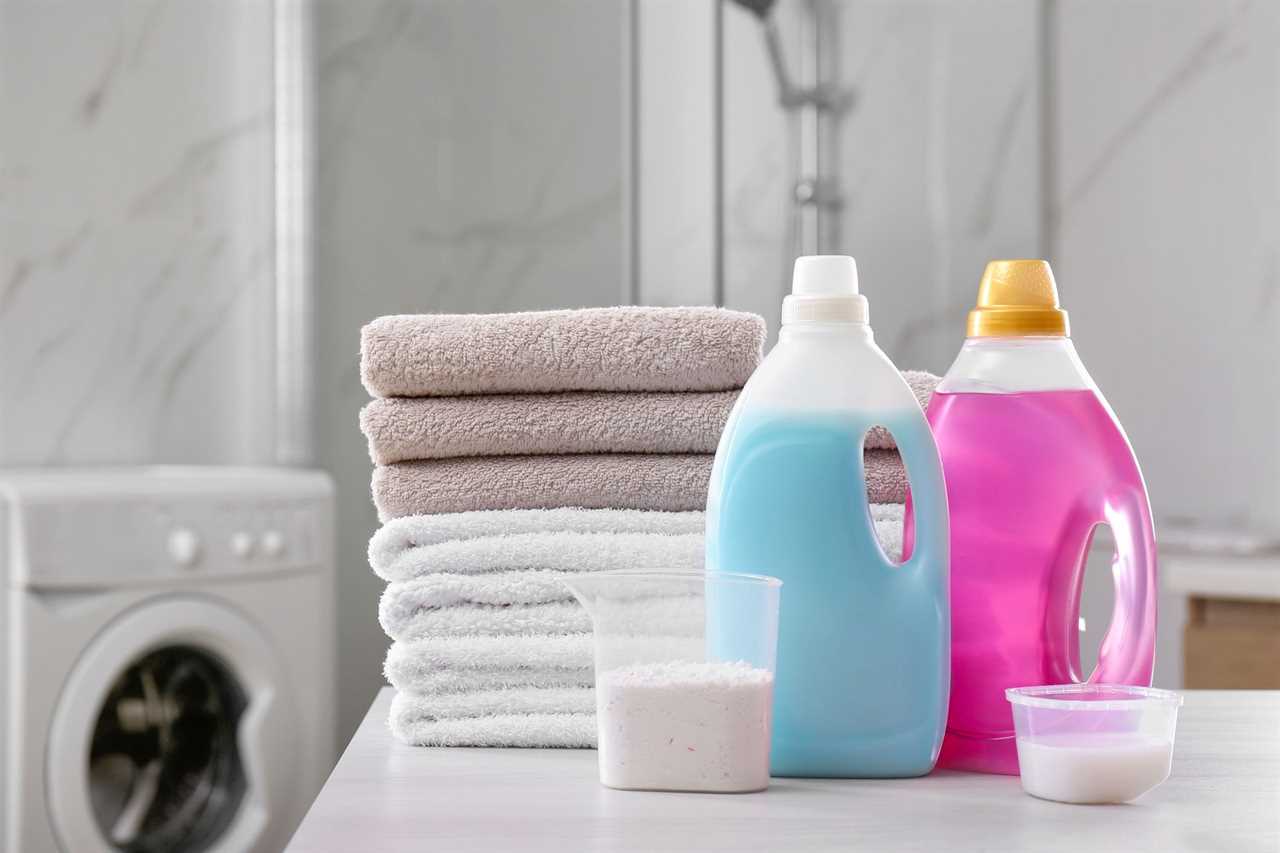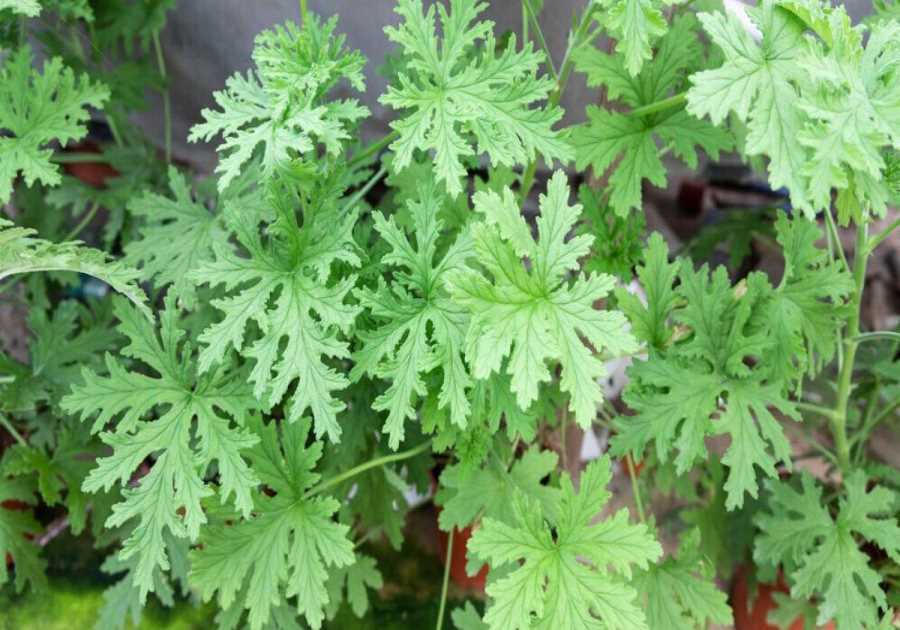
If you can’t pronounce it, you probably shouldn’t be putting it on or in your body. That was an early bit of advice from my parents.
In the decades following, our national quest for the brightest whites and static-free towels unleashed an even larger barrage of toxic ingredients into our products and waterways. Even worse, the vast majority have yet to be studied or regulated. During that time chronic health problems have also skyrocketed, some now associated with ingredients found in laundry products.
To find the worst-known offenders, we talked with three experts: Nina Hwang, senior environmental scientist at Green Seal; Samara Geller, senior director of cleaning science at the Environmental Working Group (EWG); and Tonya Harris, environmental toxicity specialist and author of The Slightly Greener Method.
Here’s what they had to say about toxic materials in our laundry rooms.
Fragrances
“That scent comes at a health cost,” says Harris.
“Fragrance is considered to be a trade secret, so the formula is proprietary. Since individual ingredients are not required to be listed on the label, most companies don’t disclose them, so you don’t know what you’re getting.”
Health effects from fragrance ingredients range from allergies to nervous and respiratory problems and cancer. Especially steer clear of phthalates and synthetic nitro- and polycyclic musks.
Fragrance alternatives: “One of the best ways to not use scented products is to realize that we don’t need those strong scents to prove that our laundry is clean,” says Harris. “Many times, those scents are just masking the odor rather than getting to the root of it.”
Instead, opt for fragrance-free products. If you want a little scent, try a naturally scented laundry product that uses essential oils and discloses potential allergens.
Optical Brighteners
Optical brighteners, aka UV brighteners or fluorescent whitening agents, are added to laundry detergents and fabric softeners to make clothes appear more bright or white. They work by absorbing UV light and releasing blue light, which counteracts yellow discoloration.
“Current treatment technologies are not fully able to remove these chemicals from wastewater effluent,” says Geller. “They persist in the environment, are toxic to aquatic life and have possible reproductive impacts.”
Brightener alternatives: “Optical brighteners are added for visual impact and have no effect on how clean your clothes actually are,” says Hwang. “So look for detergents without optical brighteners.”
Non-chlorine bleach, including hydrogen peroxide and sodium percarbonate-based products, can also be an option to brighten your clothes.
PFAS
PFAS, or forever chemicals, are found in laundry detergents, stain removers and waterproofing treatments for outdoor gear. In the latter, they’re often called durable water repellents, or DWRs. Once in the environment, they can persist for hundreds of years. They’re now found in much of our drinking water and soil, as well as inside our bodies.
Hwang says PFAS are associated with a growing number of health problems, including impacts on the endocrine and reproductive systems; increased risks of prostate, testicular and kidney cancer; and decreased immune responses, including our body’s ability to develop beneficial antibodies in response to vaccines.
PFAS alternatives: It’s tricky, because there are thousands of PFAS, but especially be mindful of “fluoro” within chemical names on the ingredient list. Also, look for Green Seal-certified and EWG Verified products. They banned all PFAS chemicals from certified laundry products in 2022.
Dryer Sheets and Fabric Softeners
Most dryer sheets are bad for the environment. They release toxic and hormone-disrupting chemicals, can cause migraines and asthma and even cancer. They’re also typically made of polyester (plastic), which isn’t compostable.
“Even the plant-based sheets are not reusable, leading to more landfill waste,” says Harris. Add in their fragrances, and dryer sheets are particularly unhealthy all the way around.
Ingredients to especially avoid (although they’re not always listed) include: quaternary ammonium compounds (aka quats, also found in detergents and fabric softeners). To identify quats, look for ingredients that end in -onium chloride.
Dryer sheet and fabric softener alternatives: Harris recommends adding 1/2 cup of white distilled vinegar to the fabric softener compartment. To reduce static, don’t over-dry clothes, and try dryer balls made of 100% wool. Lightly dampen them first to produce a steam effect.
“You can also soften clothing and reduce static by lightly spraying a clean washcloth with distilled white vinegar and throwing it into the dryer with the clothes,” says Harris. “The scent will fade quickly but the vinegar will help to soften clothes.”
Other Laundry Detergent Ingredients
“Besides possible wear and tear from the harshness of conventional laundry detergents,” Harris says, “clothing can also absorb some of those toxic chemicals, which may then get absorbed into our skin as we wear our clothes all day, sleep on our sheets, etc.”
The short (but certainly not complete) list to avoid include:
- Phosphates, which fuel toxic algae growth in waterways;
- Nonylphenol ethoxylates and C12-15 alcohols, also highly toxic to aquatic life;
- Boron-containing compounds, also known as borates (aka boric acid, sodium borate and disodium tetraborate), which may cause reproductive and developmental problems;
- Methylisothiazolinone, a skin irritant that can cause contact dermatitis and may have damaging effects on the nervous system;
- Bleach, which can irritate skin, cause asthma and contaminate waterways. Instead, try hydrogen peroxide or sodium percarbonate.
To be extra cautious, DIY your own laundry products from safe, common household ingredients. Or buy EWG-verified and Green Seal certified products, which independently research product safety rather than take companies at their word.
Did you miss our previous article...
https://rsssuperfeeds.com/life-hacks/how-to-cut-curves-in-wood






